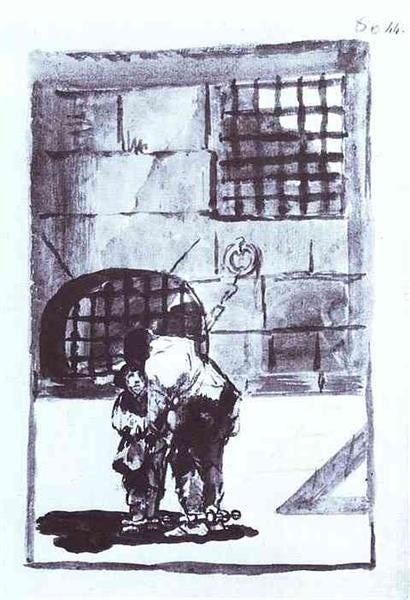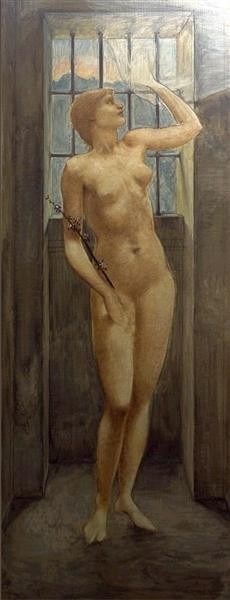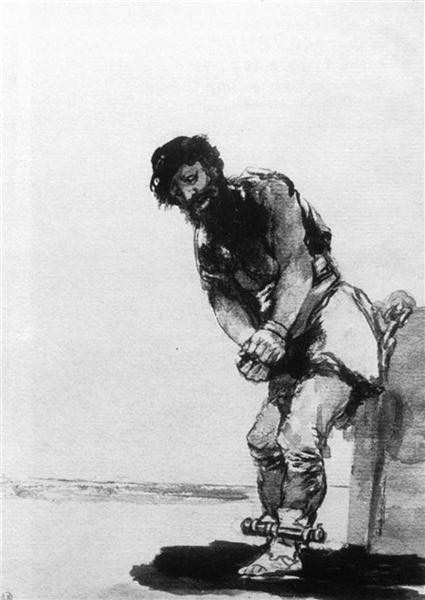Ilaria Salis – an Italian activist and a primary school teacher – has been in prison in Budapest for about eleven months. She is charged with aggravated assault against some far-right Hungarian protesters.
Initially charged with two other counts, she was later cleared as she had not yet arrived in Hungary when the incidents occurred. Ilaria Salis was not arrested on the spot but detained a few hours later while in a cab with two other people.
She is charged with the aggravating factor of acting as part of a German criminal association, namely the Hammerbande. No one has ever filed a complaint about the assault, and the injuries sustained by the individuals involved were minor.
The degree of civilization in a society can be judged by entering its prisons.
Fëdor Dostoevskij
So, why was she arrested? On January 29th, during the hearing, Ilaria Salis entered the courtroom in chains, with handcuffs on her wrists and her feet tied with leather shackles. She is detained in prison under inadequate hygienic conditions and without any respect for human rights.
Shocking, powerful, absurd, distant images.

In the early 1800s, Francisco Goya – a Spanish painter and engraver – depicted a prisoner in chains. His face is full of suffering, anguish, and fear. The man is portrayed in black and white, on a piece of cardboard with watercolor ink shading, where the only detail, besides the prisoner, is a rock the man is tied to. There is no respect, no rights; he is punished and abandoned without dignity. Dirty, unkempt in clothing, with untamed beard and overly long hair.
Over the years, the narrative of the Spanish master increasingly shifted towards episodes of war, primarily due to historical circumstances. Indeed, he reproduced subjects from a more documentary perspective, showing less interest in the refinement of figures and focusing more on the theme of social critique. Prisoners became extremely intriguing for him, and he depicted several of them.
Conversely, the English master and Pre-Raphaelite Edward Burne-Jones narrated Hope in Prison. A naked woman, tall, robust, strong. In her right hand, she holds a branch of peach blossoms, a symbol of life, love for life, and longevity. Her left hand disappears into a veil, a white blotch that seems to set the woman free. Her face is serious, not worried at all, with a confident expression. The woman is portrayed in the very center of the cell, and behind her, a small window with bars. The walls frame the scene in which hope moves.
Fëdor Dostoevskij wrote: ‘The degree of civilization in a society can be judged by entering its prisons,’ and perhaps some countries have fallen behind.

Opening image: Francisco Goya, Chained Prisoner, 1806 - 1812


